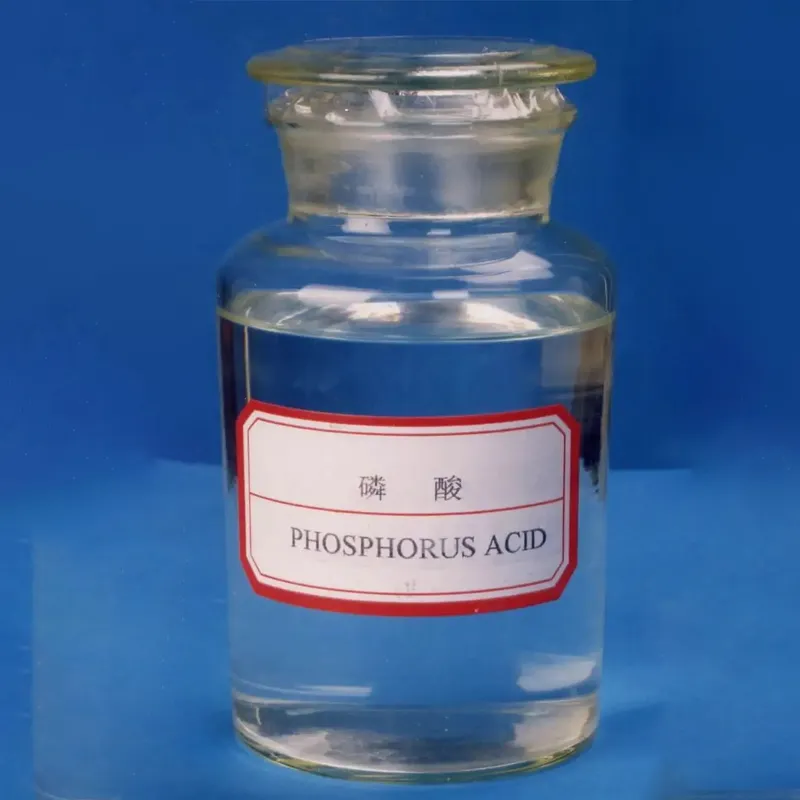
Monosodium Glutamate Uses and Benefits in Cooking and Seasoning Dishes
Monosodium Glutamate Understanding Its Role and Impact
Monosodium glutamate, commonly known as MSG, is a flavor enhancer that has been both praised and criticized since its discovery in the early 20th century. It is the sodium salt of glutamic acid, an amino acid that occurs naturally in many foods. MSG is often used in cooking to enhance the umami flavor — a savory taste that is one of the five basic tastes, alongside sweet, sour, bitter, and salty. While MSG is prevalent in Asian cuisine, it is also found in various processed foods, snacks, and seasonings globally.
The Discovery and Processing of MSG
MSG was first isolated in 1908 by Japanese chemist Kikunae Ikeda, who recognized that glutamic acid was responsible for the delicious taste of seaweed broth. He subsequently developed a method to produce MSG, which quickly gained popularity as a food additive. The production process generally involves fermenting starches, sugar beets, or molasses to derive glutamic acid, which is then neutralized with sodium to create MSG.
Culinary Applications
MSG is used widely in kitchens around the world, particularly in Asian dishes like fried rice and sauces. It enhances flavor and can make dishes more appealing without the need for excessive salt. Besides Asian cuisine, it is also common in foods such as processed meats, canned soups, and snack foods. The versatility and efficiency of MSG in heightening flavors make it a staple in both home cooking and industrial food production.
Controversies Surrounding MSG
monosodium l glutamate

Despite its culinary benefits, MSG has been the subject of considerable debate. In the late 1960s and early 1970s, a letter published in a medical journal described Chinese Restaurant Syndrome, wherein diners reported symptoms like headaches, flushing, and sweating after consuming foods with high MSG content. This sparked widespread concern over the safety of MSG and led to food labeling regulations in some countries.
Numerous scientific studies have since examined the health effects of MSG. The majority of research has found no significant evidence linking moderate MSG consumption to adverse health effects. Organizations such as the U.S. Food and Drug Administration (FDA), the World Health Organization (WHO), and the European Food Safety Authority (EFSA) have deemed MSG safe for human consumption. However, a small percentage of individuals may experience mild symptoms when consuming large amounts of MSG, which is a reminder that all additives can affect people differently.
Health Impact and Nutritional Considerations
Despite its controversial past, MSG is low in calories and contains no fat, carbohydrates, or sugar. Moreover, it can help reduce sodium intake, as it enhances the flavor of food without adding as much salt. This attribute may be particularly beneficial for individuals seeking to lower their sodium consumption for health reasons.
Some researchers have explored the potential role of glutamate in neurological health. As a neurotransmitter, glutamate plays a vital role in brain function, memory, and learning. However, excessive levels can be harmful and are associated with conditions like Alzheimer's disease. The balance of glutamate in the body is essential for health, making further research into MSG’s effects a continuing topic of scientific inquiry.
Conclusion
Monosodium glutamate remains a fascinating subject in the realm of food science and culinary arts. While controversies around its safety have shadowed its reputation, current evidence suggests that moderate consumption is safe for most people. As we strive for flavor diversity and enhanced culinary experiences, understanding the role of MSG helps demystify its use. Whether enjoyed in a savory broth or a packaged snack, MSG continues to be a significant element in the ever-evolving landscape of food culture. Its ability to elevate taste and bring joy to meals reminds us of the powerful connection between food, flavor, and community.
-
Aluminum Hydroxide: Quality Gels & Dried Gel AntacidNewsAug.31,2025
-
Buy High-Quality Trichloroisocyanuric Acid for Sale | TCCA 90% SupplierNewsAug.30,2025
-
Pure Sodium Dichloroisocyanurate Dihydrate | Powerful DisinfectantNewsAug.29,2025
-
Industrial Chemicals: Quality & Purity for Every IndustryNewsAug.28,2025
-
Nitrile Rubber Honoring Strict Production StandardsNewsAug.22,2025
-
Aspartame Ingredients Honoring Food Safety ValuesNewsAug.22,2025
-
Fertilizer for Balanced Plant NutritionNewsAug.22,2025
Hebei Tenger Chemical Technology Co., Ltd. focuses on the chemical industry and is committed to the export service of chemical raw materials.
-

view more DiethanolisopropanolamineIn the ever-growing field of chemical solutions, diethanolisopropanolamine (DEIPA) stands out as a versatile and important compound. Due to its unique chemical structure and properties, DEIPA is of interest to various industries including construction, personal care, and agriculture. -

view more TriisopropanolamineTriisopropanolamine (TIPA) alkanol amine substance, is a kind of alcohol amine compound with amino and alcohol hydroxyl, and because of its molecules contains both amino and hydroxyl. -

view more Tetramethyl Thiuram DisulfideTetramethyl thiuram disulfide, also known as TMTD, is a white to light-yellow powder with a distinct sulfur-like odor. It is soluble in organic solvents such as benzene, acetone, and ethyl acetate, making it highly versatile for use in different formulations. TMTD is known for its excellent vulcanization acceleration properties, which makes it a key ingredient in the production of rubber products. Additionally, it acts as an effective fungicide and bactericide, making it valuable in agricultural applications. Its high purity and stability ensure consistent performance, making it a preferred choice for manufacturers across various industries.





